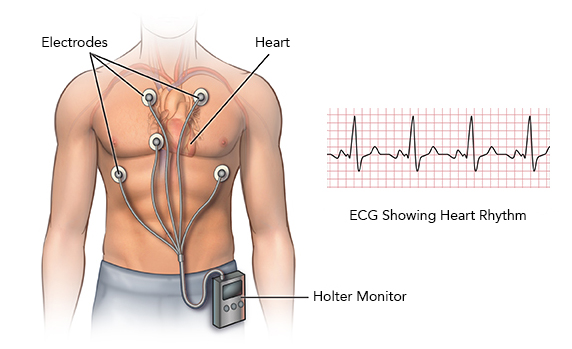A Holter monitor is a tiny, portable gadget that monitors your pulse rate. Wearing a wearable gadget for one to two days may be recommended by your doctor. The gadget captures all of your pulse rate throughout that period. Asha Heart Clinic, the best hospital in Nashik is known for providing quality healthcare and valuable experience to all patients. it is Also Known For providing Holter Monitoring in Nashik.
If your ECG does not offer your doctor enough information about your heart’s state, a Holter monitor test is usually used following a traditional test to assess your heartbeat (electrocardiogram).

